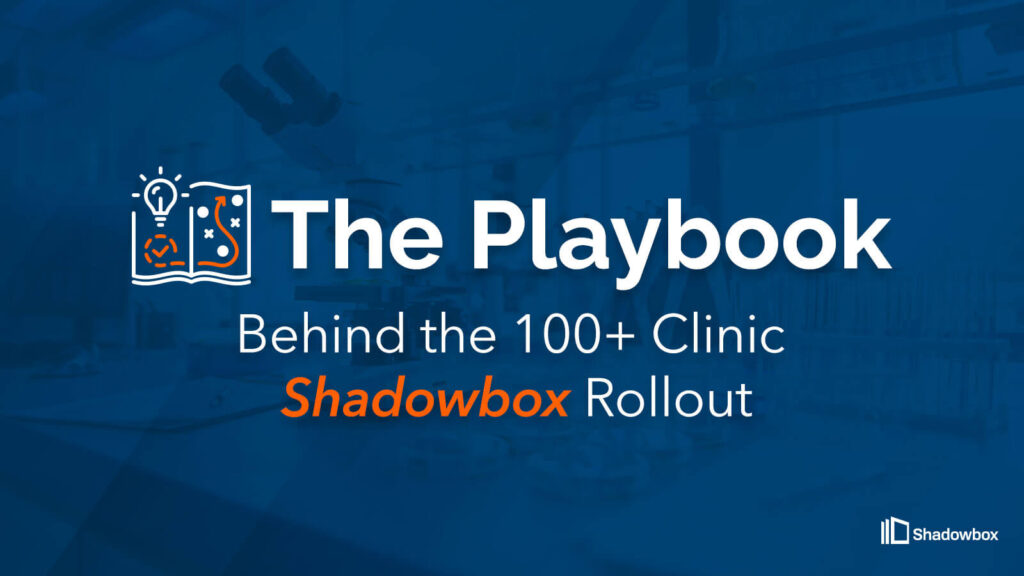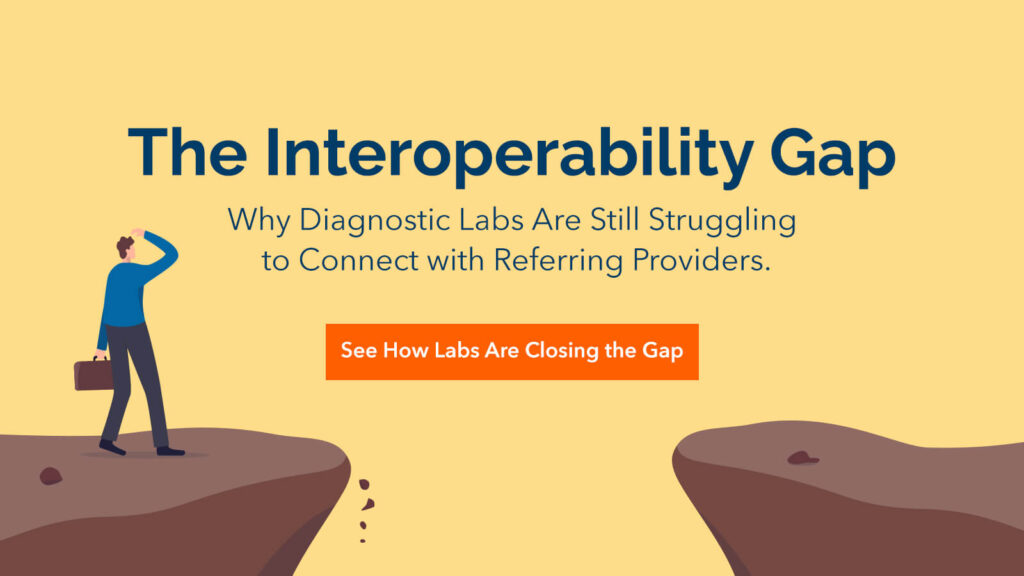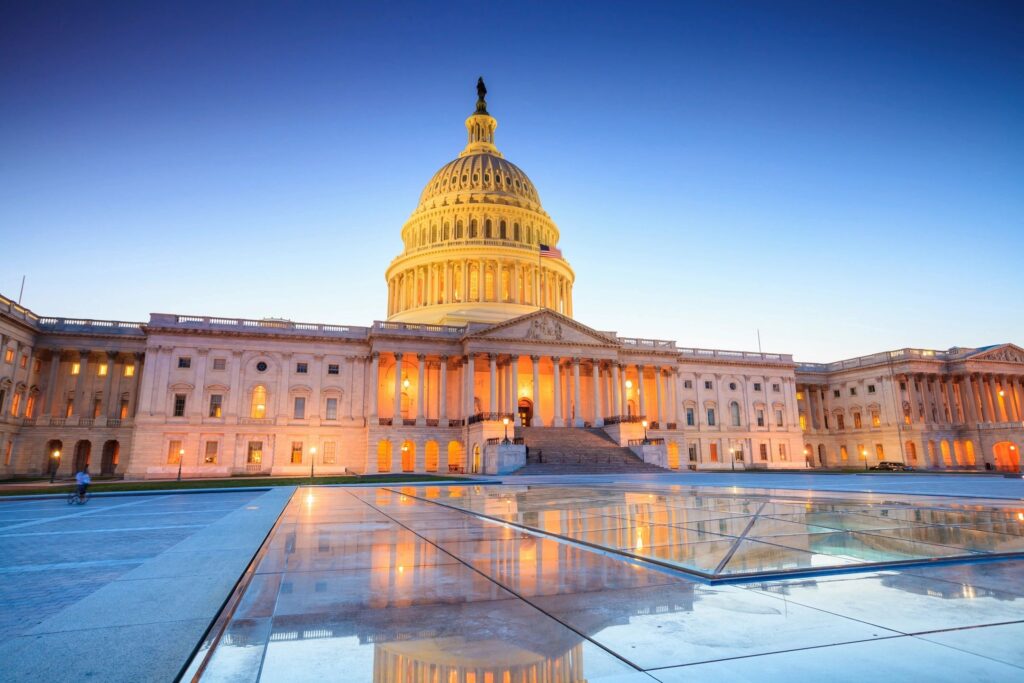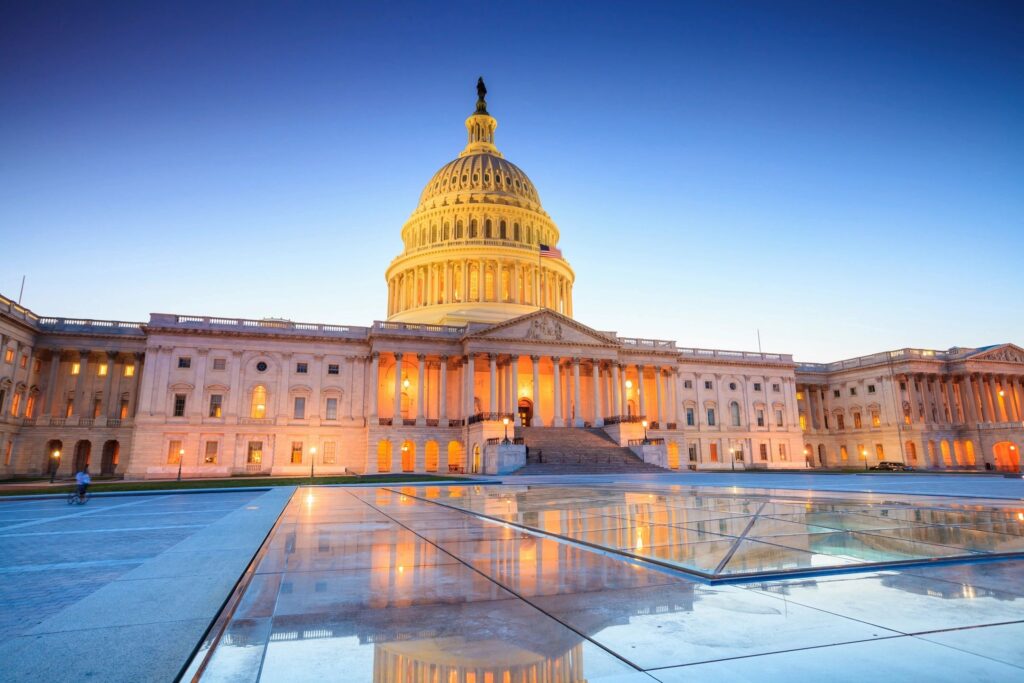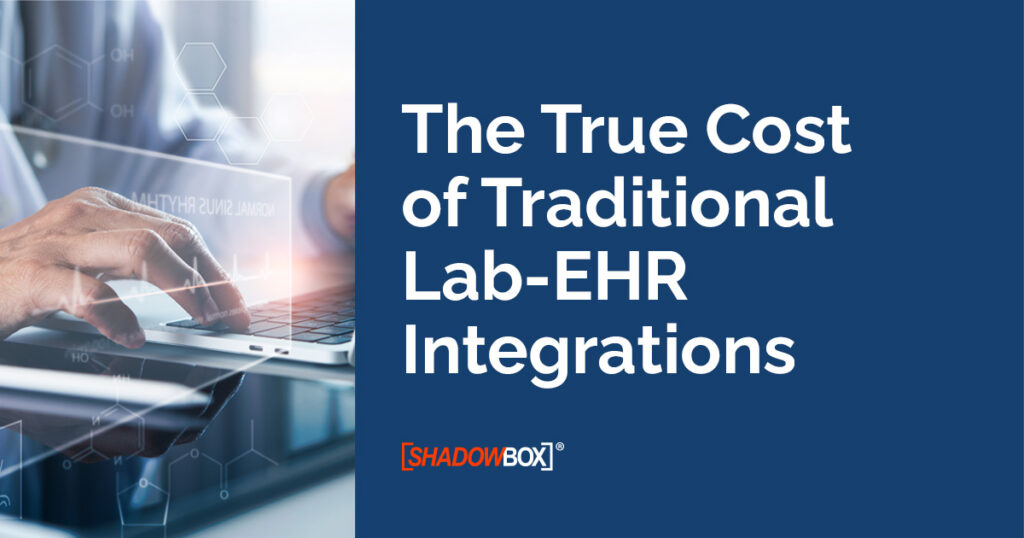Blog
How One Lab Rolled Out Shadowbox to 100+ Clinics — and How Yours Can Too
One lab rolled out Shadowbox to 100+ clinics. Here’s the proven playbook your lab can use to scale fast.
Read MoreThe Interoperability Gap: Why Diagnostic Labs Are Still Struggling to Connect with Referring Providers
Diagnostic labs are still struggling to connect with referring providers. Learn what’s causing the interoperability gap—and how new cloud solutions are finally closing it.
Read MoreThe Change Healthcare Cyberattack: A Case for a Distributed Approach to Healthcare Integration
On February 21st, Change Healthcare – a titan in the healthcare sector – experienced one of the worst cyber-attacks in recent history, bringing the industry to its knees, disrupting patient care, and cutting off critical cashflow for millions of providers.
Read MoreThe True Costs of FDA’s Proposed LDT Rule and How Laboratories Can Prepare
“Labs need to be aware of and prepare for the coming sea-change in LDT regulation,” said Gregory A. Stein, Founder and CEO of Shadowbox. “If the FDA gets their way, innovation will come to a grinding halt and many of the most innovative labs will simply cease to exist.”
Read MoreFour Reasons Your Imaging Center is Losing Patients and Money
Healthcare providers estimate losing up to 20% of revenue due to “referral leakage.” While it may sound like a medical term, referral leakage occurs when patients are referred to a specialist but do not follow through with an appointment. Most troubling, when a referral is sent via fax or paper, it is only 54% likely to be scheduled.
Read MoreProposed FDA Rule over Laboratory Developed Tests Puts Lab Innovation at Risk
On September 29, 2023, the FDA proposed a rule to tighten control over Laboratory Developed Tests (LDTs), supplanting the CMS as regulators. While supporters emphasize the need for safety, critics, especially in the medical community, fear the rule could stifle innovation, jeopardizing independent laboratories and escalating healthcare costs.
Read MoreIn the Age of Generative AI, Will the Insatiable Need for Data Trigger a Reckoning for Healthcare?
Several weeks ago, I had the honor of sitting among some of the finest minds in healthcare and engineering to learn about the Future of Digital Health presented by the Center for Health Innovation at UCSD Health. Funded in large part by San Diego philanthropists Joan and Irwin Jacobs, the Center intends to be a driving force in the transformation of healthcare.
Read MoreThe Protecting Access to Medicare Act of 2014 (PAMA) for Laboratories: What You Need to Know
Congress passed the Protecting Access to Medicare Act (PAMA) in 2014. The purpose was to ensure millions of seniors could maintain access to critical health services, however the reality is that Congress was looking for an offset to previously mandated cuts to reimbursement for Physicians which were regularly exempted each year by Congress. PAMA “limited” cuts to laboratories at 10% in each of year one through three, and 15% in each of the following three years.
Read MoreThe True Cost of Traditional Lab-EHR Integrations
Automation and real-time data exchange are critical tools to advance quality care and reduce cost in healthcare. That said, more than 50% of diagnostic labs still operate using paper forms. The true cost of those paper forms is at least $30 per order.
Read MoreInformation Blocking: What You Need to Know
In 2016, the Federal Government enacted the 21st Century Cures Act (the Cures Act), to enhance patient access to their medical records, promote seamless communication across healthcare providers, and automate the secure exchange of patient information across disparate software platforms and systems.
Read More
